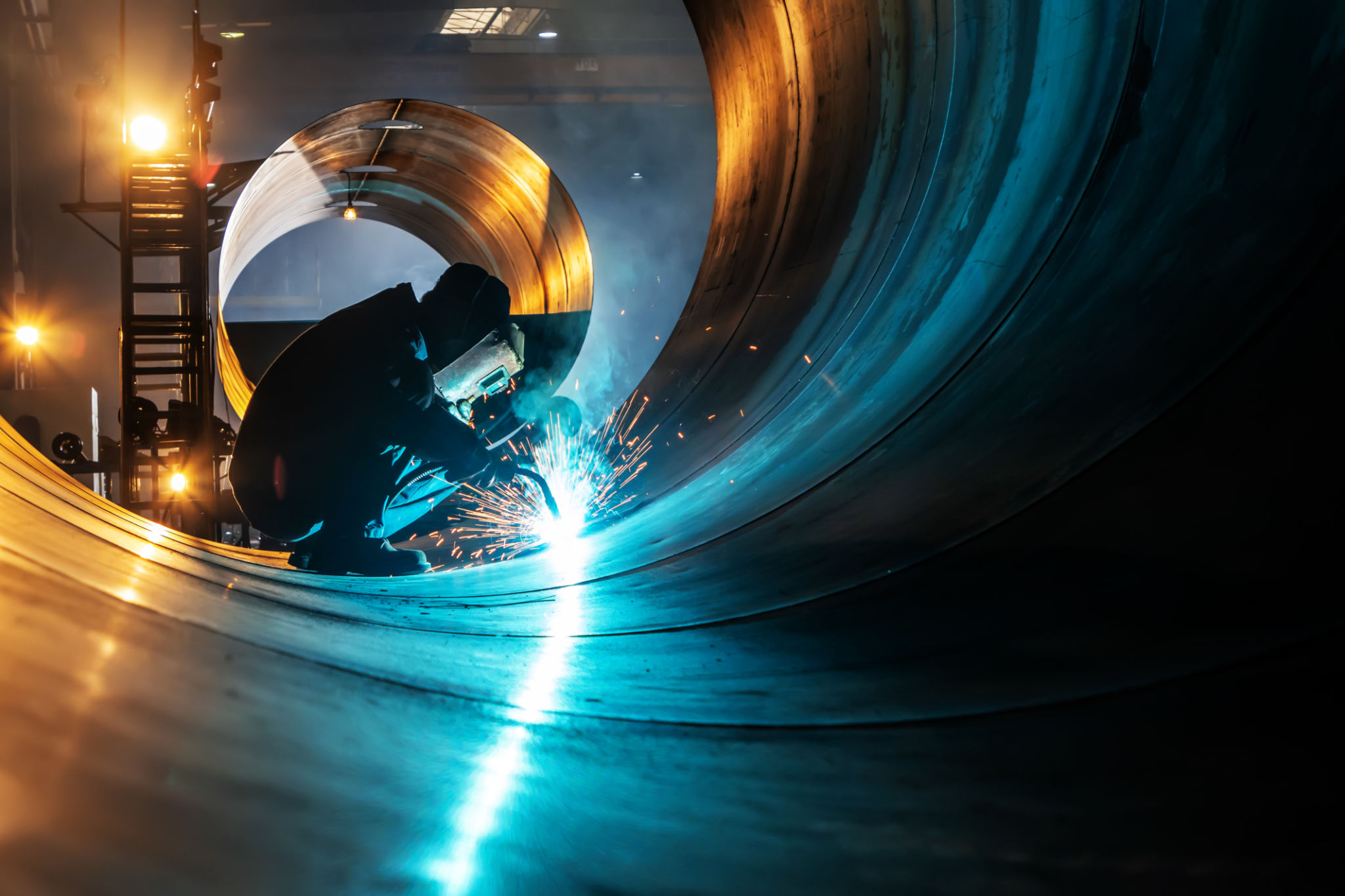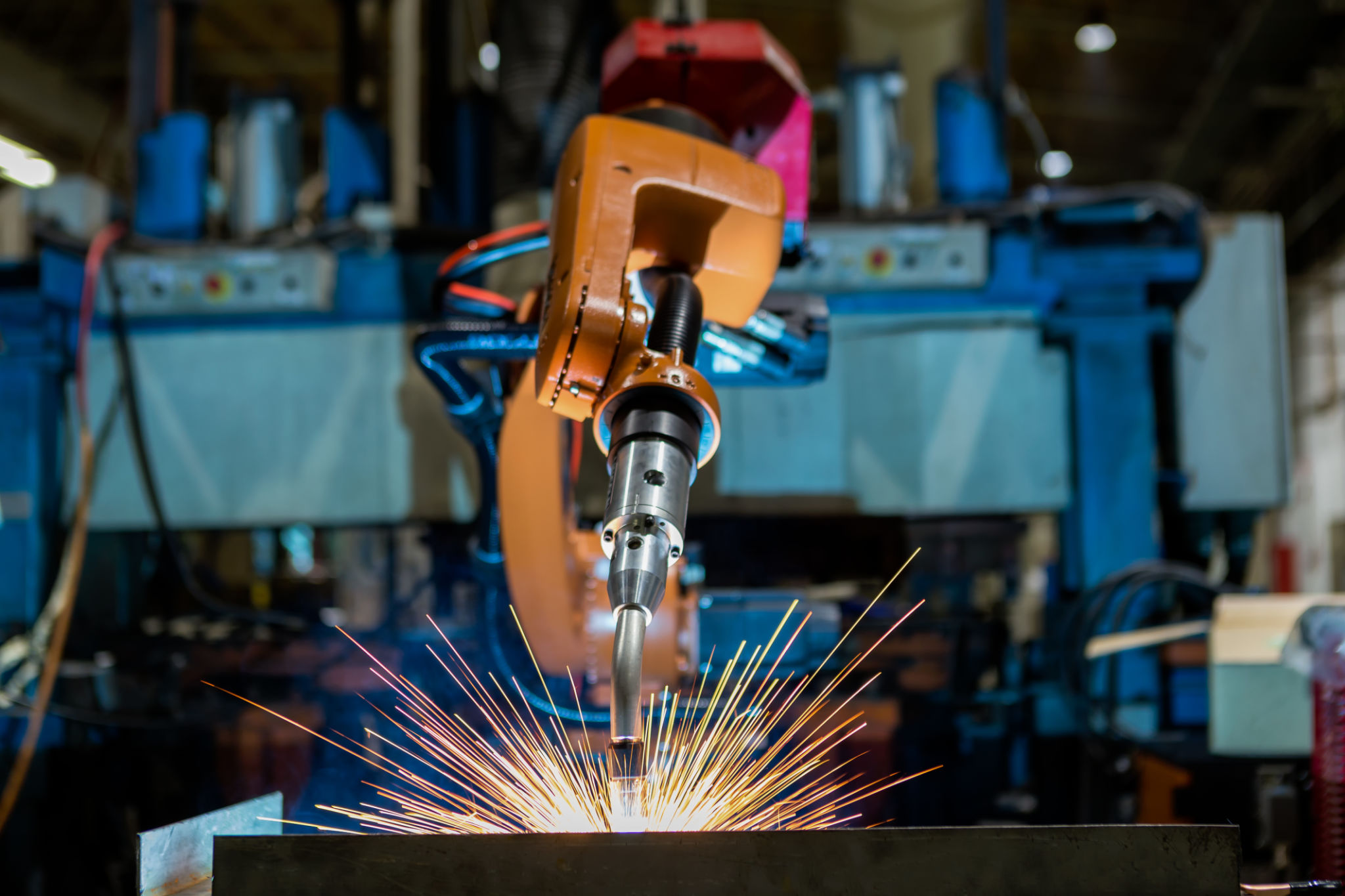Decoding the Future: 21st Century Trends in the Welding Industry
Introduction to Welding Industry Trends
The welding industry is undergoing a remarkable transformation in the 21st century. As technological advancements continue to reshape the landscape, welding professionals find themselves at the forefront of innovation. From automation to new materials, the future of welding is being redefined, offering exciting opportunities for growth and development.
This blog post delves into some of the most significant trends that are poised to shape the welding industry in the coming years. By understanding these trends, professionals can better prepare for the changes ahead and leverage them for success.

Emergence of Automation and Robotics
One of the most impactful trends in the welding industry is the rise of automation and robotics. Automated welding systems are becoming increasingly prevalent, offering enhanced precision, consistency, and efficiency. These systems are capable of performing complex welding tasks with minimal human intervention, reducing errors and increasing productivity.
Robotic welding is particularly beneficial in high-volume production settings, where speed and accuracy are crucial. As technology advances, we can expect to see even more sophisticated robotic systems that further streamline welding processes.
Benefits of Robotic Welding
- Increased productivity and efficiency
- Improved weld quality and consistency
- Reduced labor costs and human error

Advanced Materials and Techniques
The development of new materials and welding techniques is another significant trend in the industry. As industries demand stronger and lighter materials, welders are adapting to work with advanced alloys, composites, and other innovative materials. This shift requires specialized techniques and training to ensure proper handling and application.
For instance, friction stir welding and laser welding are gaining popularity due to their ability to join difficult-to-weld materials. These advanced techniques offer superior strength and durability, making them ideal for critical applications in aerospace, automotive, and other sectors.
The Rise of Green Welding Practices
Environmental concerns are driving the adoption of green welding practices. By minimizing waste and reducing energy consumption, these practices help decrease the industry's carbon footprint. Welders are encouraged to adopt eco-friendly materials and techniques, ensuring a sustainable future for the industry.

The Role of Digital Technology
Digital technology is revolutionizing the welding industry by enhancing communication, data collection, and process optimization. With the advent of the Industrial Internet of Things (IIoT), welders can now monitor equipment performance in real-time, allowing for predictive maintenance and reduced downtime.
Additionally, augmented reality (AR) is being used for training purposes, providing immersive learning experiences for new welders. By integrating digital tools into their operations, welding professionals can achieve greater efficiency and precision.
Training and Skill Development
The evolving landscape of the welding industry underscores the importance of continuous training and skill development. As technology advances, welders must stay updated on new techniques and tools to remain competitive. Online courses, workshops, and certification programs provide valuable opportunities for professional growth.

Conclusion: Embracing Change
The 21st century is ushering in a new era for the welding industry, marked by automation, advanced materials, green practices, and digital technology. By embracing these trends, welding professionals can position themselves for success in an ever-evolving landscape.
As we look to the future, it is clear that those who adapt to change will thrive. The welding industry is poised for growth and innovation, offering exciting possibilities for those who are ready to seize them.
